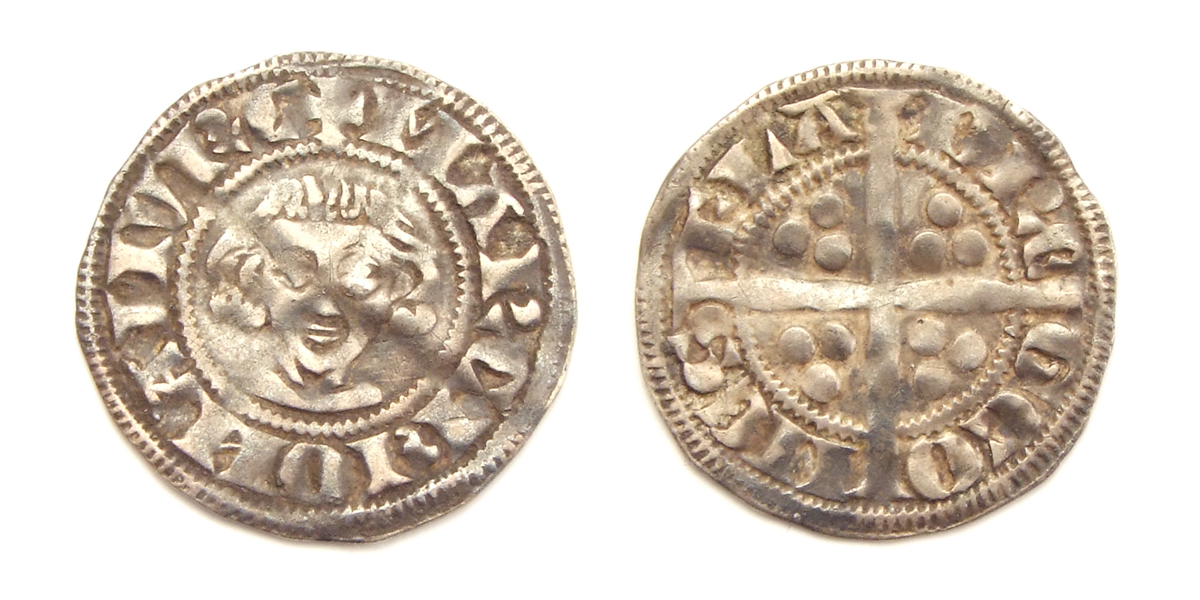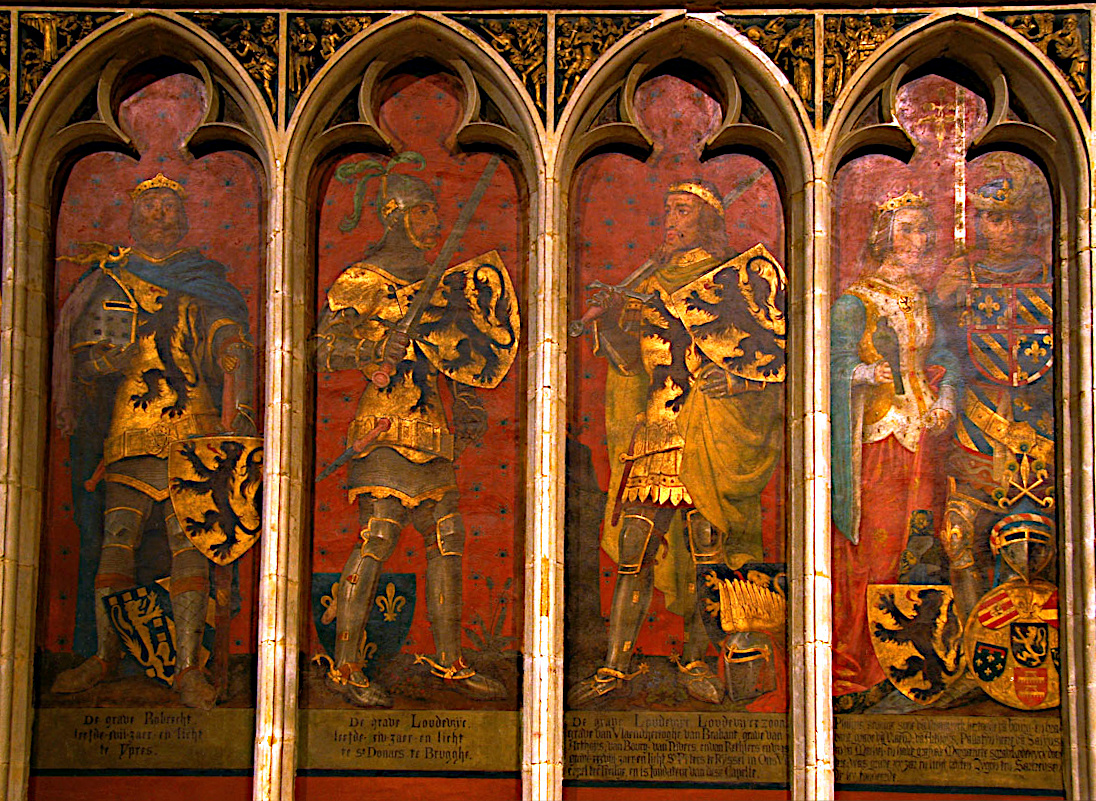|
John Of Flanders
John of Flanders (c. 1250 – 14 October 1292), also known as John of Dampierre, was the third son of the Count of Flanders and Namur Guy of Dampierre from his first marriage with Matilda of Béthune, and brother of Robert of Béthune. He is not to be confused with his half brother John I, Marquis of Namur. Having studied law at Paris, John of Flanders was Bishop of Metz in 1280–1282, then Prince-bishop of Liège in 1282–1291. He died at Anhaive Castle in Jambes and is buried at Flines Abbey near Douai Douai (, , ,; pcd, Doï; nl, Dowaai; formerly spelled Douay or Doway in English) is a city in the Nord département in northern France. It is a sub-prefecture of the department. Located on the river Scarpe some from Lille and from Arras, Dou .... References {{Authority control Bishops of Metz Prince-Bishops of Liège House of Dampierre ... [...More Info...] [...Related Items...] OR: [Wikipedia] [Google] [Baidu] |
Guy, Count Of Flanders
Guy of Dampierre (french: Gui de Dampierre; nl, Gwijde van Dampierre) ( – 7 March 1305, Compiègne) was the Count of Flanders (1251–1305) and Marquis of Namur (1264–1305). He was a prisoner of the French when his Flemings defeated the latter at the Battle of the Golden Spurs in 1302. Biography Guy was the second son of William II of Dampierre and Margaret II of Flanders. The death of his elder brother William in a tournament made him joint Count of Flanders with his mother. (She had made William co-ruler of Flanders in 1246 to ensure that it would go to the Dampierre children of her second marriage, rather than the Avesnes children of her first.) Guy and his mother struggled against the Avesnes (led by John I, Count of Hainaut) in the War of the Succession of Flanders and Hainault, but were defeated in 1253 at the Battle of Walcheren, and Guy was taken prisoner. By the mediation of Louis IX of France, he was ransomed in 1256. Some respite was obtained by the de ... [...More Info...] [...Related Items...] OR: [Wikipedia] [Google] [Baidu] |
Matilda Of Béthune
Matilda of Béthune (died 8 November 1264), was a noblewoman from Artois who became countess of Flanders by marriage to Guy, Count of Flanders, and heiress to her father's titles as Lady of Béthune, of Dendermonde, of Richebourg and of Warneton, as well as Advocatess of the Abbey of Saint Vaast at Arras. She was the mother of Robert, Count of Flanders, known as Robert of Béthune after his mother. Life Matilda, also referred to as Mathilde or Mahaut, was born about 1230, the first child of Robert VII, Lord of the castle and town of Béthune and Advocate of the Abbey of Saint-Vaast at Arras, who was a major landowner and one of the twelve peers of Flanders. Her mother was Elizabeth, widow of Nicholas I, Lord of Condé, and daughter of Arnulf IV, last Lord of Morialmé. Robert and Elizabeth had two further daughters, Elizabeth and Sarah. Countess About the age of 16, Matilda was engaged to Guy of Dampierre, who was made co-ruler of Flanders by his widowed mother Margaret ... [...More Info...] [...Related Items...] OR: [Wikipedia] [Google] [Baidu] |
Robert III Of Flanders
Robert III (1249 – 17 September 1322), also called Robert of Béthune and nicknamed The Lion of Flanders (''De Leeuw van Vlaanderen''), was the Count of Nevers from 1273 and Count of Flanders from 1305 until his death. History Robert was the oldest son of Guy of Dampierre from his first marriage with Matilda of Béthune. His father essentially transferred the reign of Flanders to him in November 1299, during his war with Philip IV of France. Both father and son were taken into captivity in May 1300, and Robert was not released until 1305. Robert of Béthune gained military fame in Italy, when he fought at the side of his father-in-law, Charles I of Sicily (1265–1268) against the last Hohenstaufens, Manfred and Conradin. Together with his father he took part in 1270 in the Eighth Crusade, led by Saint Louis. After his return from the Crusade he continued to be a loyal aid for his father, politically and militarily, in the fight against the attempts of the French King Ph ... [...More Info...] [...Related Items...] OR: [Wikipedia] [Google] [Baidu] |
John I, Marquis Of Namur
John I (1267 – 31 January 1330) was the count of Namur from 1305 to 1330. He was a member of the House of Dampierre, the son of Guy of Dampierre, Count of Flanders and Marquis of Namur, and his second wife Isabelle of Luxembourg. John was the father of Blanche of Namur, Queen of Sweden and Norway. He was the elder brother of Guy of Namur, whom he sent to command the Flemish rebels against the French Kingdom in the 1302 Battle of the Golden Spurs. Life In September 1290, he was betrothed to Blanche of France, daughter of Philip III. Instead, John married Margaret of Clermont, daughter of Robert, Count of Clermont and Beatrix, Dame de Bourbon, in 1307. He was Margaret's second husband. She died after two years of marriage, in 1309. John's second wife was Marie of Artois (1291 – 22 January 1365, Wijnendaele), (later to become Lady of Merode), daughter of Philip of Artois and Blanche of Brittany. They were married by contract in Paris on 6 March 1310, confirmed Poissy, ... [...More Info...] [...Related Items...] OR: [Wikipedia] [Google] [Baidu] |
Bishop Of Metz
Metz ( , , lat, Divodurum Mediomatricorum, then ) is a city in northeast France located at the confluence of the Moselle and the Seille rivers. Metz is the prefecture of the Moselle department and the seat of the parliament of the Grand Est region. Located near the tripoint along the junction of France, Germany and Luxembourg,Says J.M. (2010) La Moselle, une rivière européenne. Eds. Serpenoise. the city forms a central place of the European Greater Region and the SaarLorLux euroregion. Metz has a rich 3,000-year history,Bour R. (2007) Histoire de Metz, nouvelle édition. Eds. Serpenoise. having variously been a Celtic '' oppidum'', an important Gallo-Roman city,Vigneron B. (1986) Metz antique: Divodurum Mediomatricorum. Eds. Maisonneuve. the Merovingian capital of Austrasia,Huguenin A. (2011) Histoire du royaume mérovingien d'Austrasie. Eds. des Paraiges. pp. 134,275 the birthplace of the Carolingian dynasty,Settipani C. (1989) Les ancêtres de Charlemagn ... [...More Info...] [...Related Items...] OR: [Wikipedia] [Google] [Baidu] |
Jambes
Jambes (; wa, Djambe) is a town of Wallonia and a district of the city of Namur, located in the province of Namur, Belgium. It was formerly a municipality itself until the fusion of Belgian municipalities in 1977. Jambes is known for the former Géronsart Abbey, the 13th century Enhaive or Anhaive keep (' or ''Anhaive''), the old bridge on the river Meuse The Meuse ( , , , ; wa, Moûze ) or Maas ( , ; li, Maos or ) is a major European river, rising in France and flowing through Belgium and the Netherlands before draining into the North Sea from the Rhine–Meuse–Scheldt delta. It has a ... and the seat of the Government of Wallonia ( Élysette). Transport Railway Jambes has two train stations: '' Jambes'' on the line 154 (Namur-Dinant) and ''Jambes-East'' on the line 161 (Namur-Luxembourg). External links * Jambes Tourism Sub-municipalities of Namur (city) Former municipalities of Namur (province) {{Namur-geo-stub ... [...More Info...] [...Related Items...] OR: [Wikipedia] [Google] [Baidu] |
Flines Abbey
Flines Abbey (french: Abbaye de Flines; also ''L'Honneur Notre-Dame de Flines'') was a Cistercian nunnery in Flines-lez-Raches near Douai, in the Nord department of France. It was founded in about 1234 by Countess Margaret of Flanders, and served as the burial place not only of Margaret in 1278 but of Margaret's husband William II of Dampierre (body transferred to Saint-Dizier in 1257) and their son Guy, Count of Flanders (1304), as well as of Guy's wives Matilda of Béthune (1263) and Isabelle of Luxembourg (1298).Monseigneur Hautcœur, 1874 (new edition 1909): ''Histoire de l'abbaye de Flines''. Lille: Quarré The abbey owned farms in Faumont, Nomain, Coutiches, Cantin, Lambersart and Howardries (Belgium). It was destroyed in the French Revolution The French Revolution ( ) was a period of radical political and societal change in France that began with the Estates General of 1789 and ended with the formation of the French Consulate in coup of 18 Brumaire, Nov ... [...More Info...] [...Related Items...] OR: [Wikipedia] [Google] [Baidu] |
Douai
Douai (, , ,; pcd, Doï; nl, Dowaai; formerly spelled Douay or Doway in English) is a city in the Nord département in northern France. It is a sub-prefecture of the department. Located on the river Scarpe some from Lille and from Arras, Douai is home to one of the region's most impressive belfries. History Its site probably corresponds to that of a 4th-century Roman fortress known as Duacum. From the 10th century, the town was a romance fiefdom of the counts of Flanders. The town became a flourishing textile market centre during the Middle Ages, historically known as Douay or Doway in English. In 1384, the county of Flanders passed into the domains of the Dukes of Burgundy and thence in 1477 into Habsburg possessions. In 1667, Douai was taken by the troops of Louis XIV of France, and by the 1668 Treaty of Aix-la-Chapelle, the town was ceded to France. During successive sieges from 1710 to 1712, Douai was almost completely destroyed by the British Army. By 1713, the town ... [...More Info...] [...Related Items...] OR: [Wikipedia] [Google] [Baidu] |
Bishops Of Metz
This is a list of bishops of Metz; the Roman Catholic diocese of Metz now lies in eastern France. To 500 * Clement of Metz (c. 280–300) * Celestius * Felix I * Patient * Victor I 344–346 * Victor II * Simeon * Sambace * Rufus of Metz * Adelphus * Firmin * Legonce * Auctor c. 451 * Expiece * Urbice * Bonole * Terence * Consolin * Romanus c. 486 * Phronimius to 497 * Grammatius 497?–512 From 500 to 1000 * Agatimber 512?–535 * Hesperius 525–542 * Villicus 542–568 * Peter 568?–578 * Aigulf or Agilulf 590 or 591-601 * Gondulf 591-??? (he was probably only a chorbishop). * Arnoald or Arnual or Arnoldus 601–609 or 611 * Pappolus 609?–614 * Arnulf 614–629 (Arnulfing) * Goericus 629-644 * Godo 641?–652? * Chlodulf, son of Arnulf, 652?–693? (Arnulfing) * Albo 696-707 * Aptatus 707-715 * Felix II 715-716 * Sigibald 716-741 * Chrodegang 742–766 * Angilram 768–791 * Gundulf 819 to 7 September 822 * Drogo 823–8 December 855 * Adventius 858 to 31 August 875 ... [...More Info...] [...Related Items...] OR: [Wikipedia] [Google] [Baidu] |



